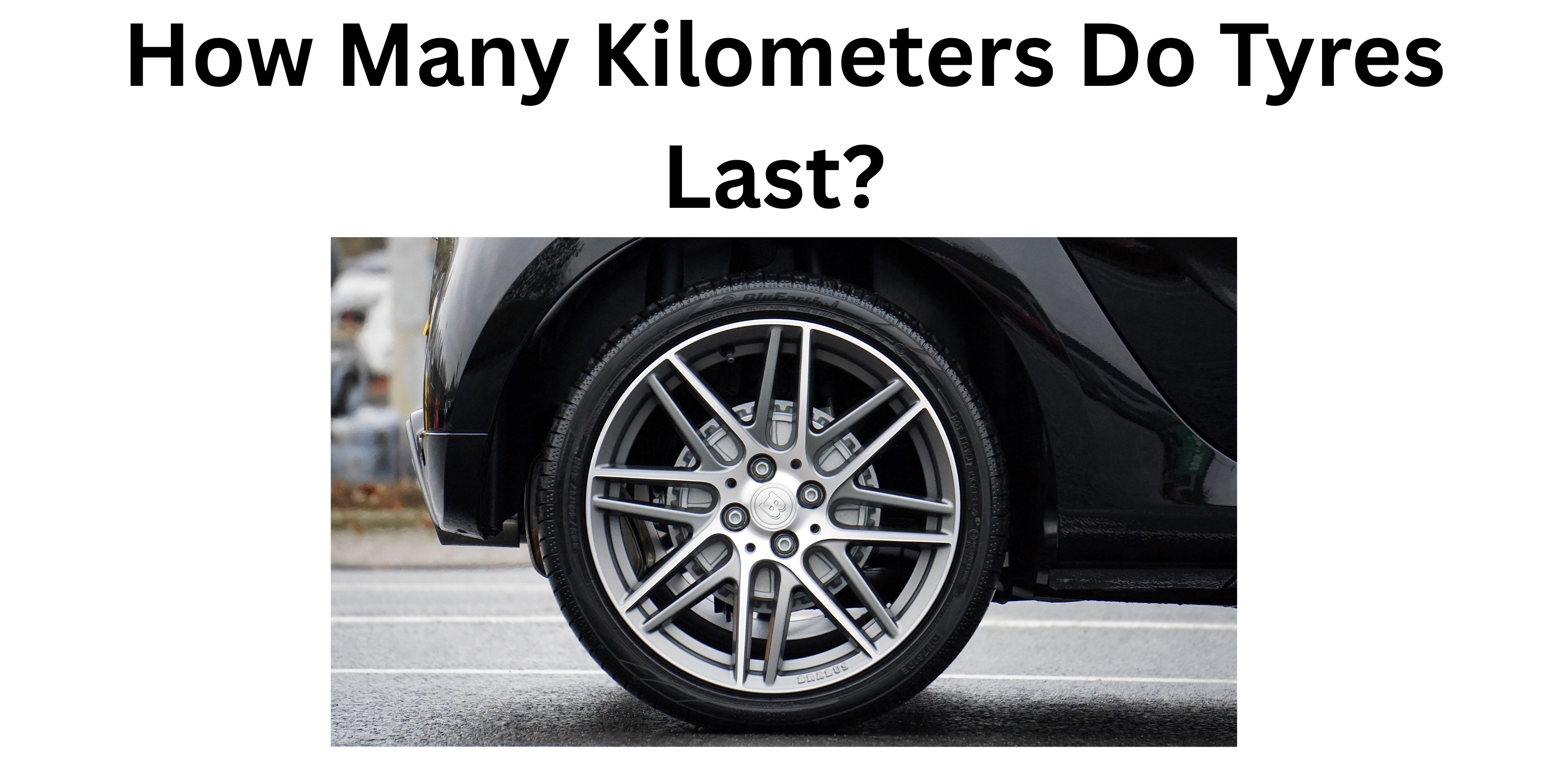
Tyres are one of the
most critical safety components of your vehicle, but they don’t last forever. A
common question among drivers is: “How many kilometers do tyres last?”
The answer depends on
several factors, including:
✔ Driving habits
✔ Road conditions
✔ Tyre type &
quality
✔ Maintenance
practices
In this interactive
guide, we’ll break down tyre lifespan, factors affecting durability, and
tips to maximize mileage.
Average Tyre
Lifespan (KM Range)
|
Tyre Type |
Average Lifespan
(KM) |
Factors
Affecting Longevity |
|
Premium Radial
Tyres |
50,000 - 80,000 km |
Proper inflation,
alignment, smooth driving |
|
Budget Tyres |
30,000 - 50,000 km |
Faster wear due to
softer rubber |
|
Performance Tyres |
20,000 - 40,000 km |
High-speed driving
reduces lifespan |
|
All-Terrain Tyres |
50,000 - 70,000 km |
Off-road use may
shorten life |
|
Run-Flat Tyres |
40,000 - 60,000 km |
Reduced flexibility
increases wear |
Note: These are general estimates—actual
lifespan varies based on usage.
5 Key Factors That
Affect Tyre Life
1. Driving Style
(Aggressive vs. Gentle)
- Hard braking & rapid acceleration → Wears tyres 30% faster.
- Smooth, controlled driving → Extends tread life.
2. Road Conditions
(Smooth vs. Rough)
- Potholes & rough roads → Cause cracks & bulges.
- Highway driving → Even wear, longer lifespan.
3. Tyre Maintenance
(Proper Care = Longer Life)
✅ Check tyre pressure monthly (Underinflation
increases wear).
✅ Rotate tyres every
8,000 km (Ensures even
tread wear).
✅ Wheel alignment
every 10,000 km (Misalignment
causes uneven wear).
4. Climate &
Weather Impact
- Hot weather → Rubber degrades faster.
- Cold weather → Hardens rubber, reducing grip.
5. Tyre Quality
(Cheap vs. Premium Brands)
- Premium tyres (e.g., Michelin,
Bridgestone) →
Longer-lasting.
- Budget tyres → Wear out quicker but cost less
upfront.
How to Check If
Your Tyres Need Replacement?
🔍 Tread Depth Test (The Penny Trick)
- Insert a coin into the tread
groove.
- If Lincoln’s head (or tread wear
indicator) is visible, replace tyres.
- Legal minimum tread depth: 1.6 mm (varies by
country).
⚠️ Warning Signs of Worn-Out Tyres
❌ Cracks or cuts in the sidewall
❌ Bulges or blisters (indicates internal damage)
❌ Vibrations at high speeds (alignment/balance issue)
❌ Frequent air loss (possible puncture or bead damage)
Pro Tips to Extend
Tyre Life
🚗 Tip #1: Maintain Correct Tyre Pressure
- Underinflated tyres → Overheating
& faster wear.
- Overinflated tyres → Reduced grip
& centre wear.
- Check pressure every 2 weeks (when tyres are cold).
🔄 Tip #2: Rotate Tyres Regularly
- Front tyres wear faster (due to steering forces).
- Rotation pattern: Front-to-back or cross-rotation.
🛠️ Tip #3: Avoid Overloading Your Vehicle
- Excess weight strains tyres → Premature
wear.
- Check load index before
carrying heavy cargo.
🌡️ Tip #4: Store Spare Tyres Properly
- Keep in a cool, dry place away
from sunlight.
- Store vertically to prevent flat
spots.
FAQs on Tyre
Lifespan
❓ Can Tyres Last 100,000 km?
- Rare, but possible with premium tyres, gentle driving,
and perfect maintenance.
❓ Do Tyres Expire Even If Not Used?
- Yes! Rubber degrades over time (usually 5-6 years,
even with good tread).
❓ How Often Should I Replace My Tyres?
- Every 5 years (or sooner if tread is
worn/damaged).
Final Verdict: How
to Maximize Tyre Life?
✔ Drive smoothly (avoid sudden
braking/acceleration).
✔ Check pressure
& alignment regularly.
✔ Rotate tyres every
8,000 km.
✔ Invest in
high-quality tyres for
long-term savings.
Pro Tip: Keep a tyre logbook to
track rotations, pressure checks, and wear patterns!


